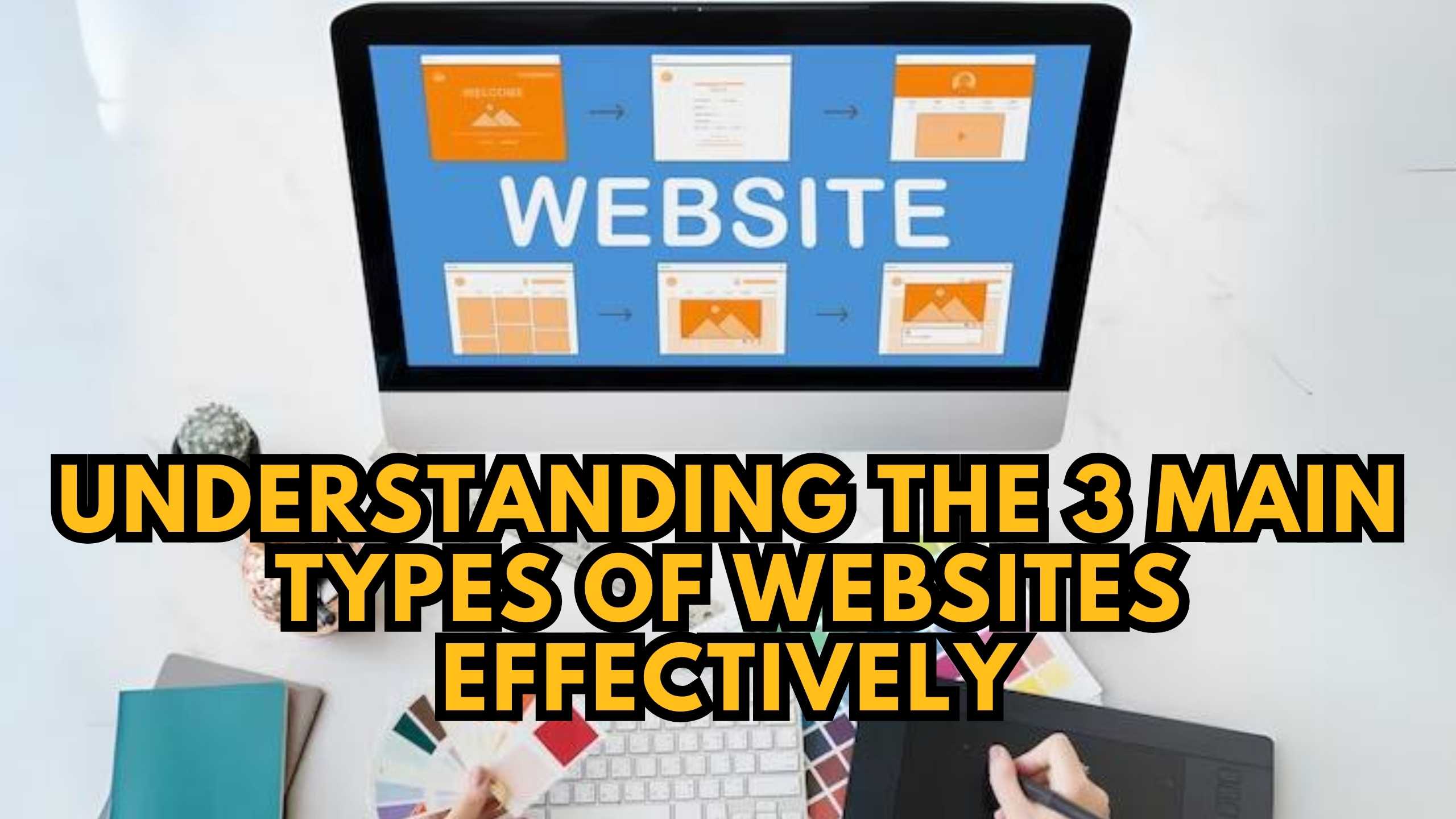Understanding the 3 Main Types of Websites Effectively
- WebOps Platforms Bug Tracking & Feedback Software Web Development & Design


Understanding the 3 Main Types of Websites Effectively
In the vast digital landscape, websites play a crucial role in shaping online presence. Understanding the three main types of websites is fundamental for individuals and businesses alike. Let’s delve into these categories, exploring their unique characteristics and the relevance of SaaS products in optimizing their functionalities.
1. Static Websites: An Introductory Overview
Static websites are the simplest form, showcasing fixed content that rarely changes. Typically coded in HTML, they are easy to deploy and maintain. SaaS products like Netlify offer seamless deployment and hosting solutions, making static websites a cost-effective choice for informational purposes.
2. Dynamic Websites: Interactivity in Action
Dynamic websites bring interactivity to the forefront, offering personalized content based on user interactions. Powered by databases and server-side scripting languages, platforms like WordPress simplify the creation and management of dynamic content. This flexibility makes dynamic websites ideal for content-rich experiences, blogs, and e-commerce platforms.
3. E-commerce Websites: Powering Online Transactions
E-commerce websites facilitate online transactions, enabling businesses to sell products and services. Leveraging platforms like Shopify, businesses can create robust online stores with features like inventory management, secure payment gateways, and customizable storefronts. This empowers entrepreneurs to establish and expand their online retail presence effortlessly.
Relevant SaaS Products
- Netlify: Streamline the deployment and hosting of static websites with Netlify, providing a cost-effective solution for informational web content.
- WordPress: Create and manage dynamic websites effortlessly with WordPress, a versatile platform offering customization and interactivity.
- Shopify: Power your e-commerce endeavors with Shopify, a comprehensive platform that simplifies online store creation and management.
- Wix: Build visually appealing websites with Wix, a user-friendly platform offering drag-and-drop website building tools, making it perfect for beginners and small businesses.
- Squarespace: Enhance your website’s aesthetics and functionality with Squarespace, a platform known for its beautiful templates and easy-to-use design features.
Conclusion
In conclusion, a nuanced understanding of static, dynamic, and e-commerce websites is vital for anyone navigating the digital realm. Each type serves distinct purposes, catering to diverse online needs. By leveraging relevant SaaS products, individuals and businesses can optimize their website functionalities, driving success in the online landscape.
Revolutionize Your Website Strategy with Subscribed.fyi!
Ready to revolutionize your website strategy? Subscribed.fyi offers an all-in-one solution for managing your SaaS stack, helping you unlock exclusive deals and streamline your subscription management. Sign up for free and discover the secret to navigating the unique dynamics of SaaS sales while saving big on essential tools!
Relevant Links:





